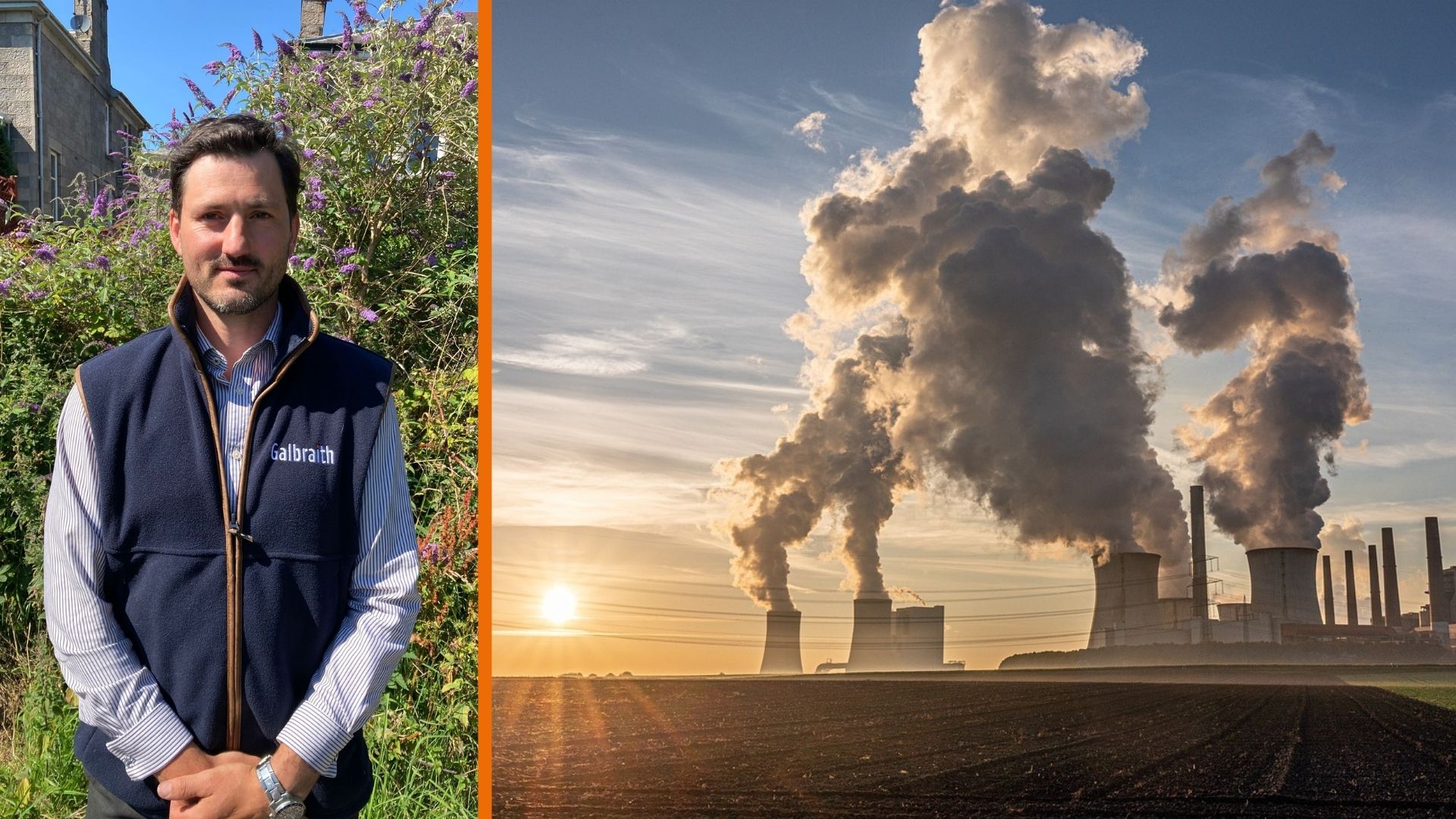In pushing to achieve net zero by 2050, the UK and Scottish governments are obliged to look at all options for the long-term reduction, removal and storage of carbon dioxide (CO2) so it no longer contributes to the Greenhouse Effect.
As part of a UK commitment to reducing emissions by 5m tonnes a year by 2030, £100m of public money is available for innovation funding such as direct air carbon capture and storage (DACCS). regardless of the technology employed, there is a challenge in identifying suitable long-term storage solutions.
What is CCS? This refers to procedures that capture and store CO2 emissions, generally from industrial processes. Proposals include storage within rock formations in the UK continental shelf, such as depleted oil and gas reservoirs.
How does it work? Capturing the carbon dioxide for storage: CO2 is separated from any other gases produced, e.g. in industrial processes such as coal and natural-gas power plants or steel or cement works.
Transport: The CO2 is compressed and transported, via pipelines, road transport or ships, to a site for onward storage.
Storage: CO2 is injected into suitable rock formations deep underground for permanent storage.
One constraint, particularly in early stages of the net zero transition, will be the limited capacity for the transportation and injection of CO2 and hydrogen, both of which require the building of suitable infrastructure.
As oil and gas is a mature industry in the UK, with the hazards involved well known. The primary risk of an oil rupture is a spill causing environmental contamination, only rarely will human life be directly at risk. A natural gas pipeline will typically explode on rupture, with the threat of fire leading to human casualties and property destruction.
The hazard zone can be estimated using readily available computer models and is indicatively 500m; planning for such pipelines is subject to statutory consultation with the Health and Safety Executive.
As it is an emerging technology, little is currently known about the hazards of CO2 pipelines.
The dangers stem from the pressures under which they operate, and the large volume of gas they might release. Potentially spreading a mile or more from a breach, this could cause asphyxiation, while the high pressures required for transportation could cause a more widespread impact along the line.
Models exist to predict danger zones, but they are evolving as new data is gathered while the sector and technology develop.
reviews are underway to explore whether existing oil and gas pipelines can safely be repurposed for moving CO2. The Energy Security Bill to govern delivery of CO2 and hydrogen storage and transport is currently at the report stage in the Commons, prior to a third reading to reach final stage before royal Assent.
Even with repurposing, additional land rights and safety measures will be necessary to address the differences involved, and new pipelines will need to be installed to provide capacity.
Developers will need to approach landowners to secure such rights for such apparatus to be installed on their property, whether for new or existing pipelines.
It will therefore be crucial for those involved in such schemes to understand the nature of the works involved, land rights required, and potential impacts to property in order to properly assess development proposals received in the future.
Planned CCS projects
There are six carbon dioxide appraisal and storage licences currently on the UK Continental Shelf:
- Pale Blue Dot Energy (PBD) – Acorn CCS project
- Eni - Liverpool Bay area
- Harbour Energy – Viking CCS project
- National Grid/BP/Equinor - northern Endurance Partnership
Two separate licences have been issued to
- BP/Equinor - northern -Endurance Partnership East Coast cluster
Further details about the licensing regime and the carbon storage public register can be viewed here via the North Sea Transition Authority.

